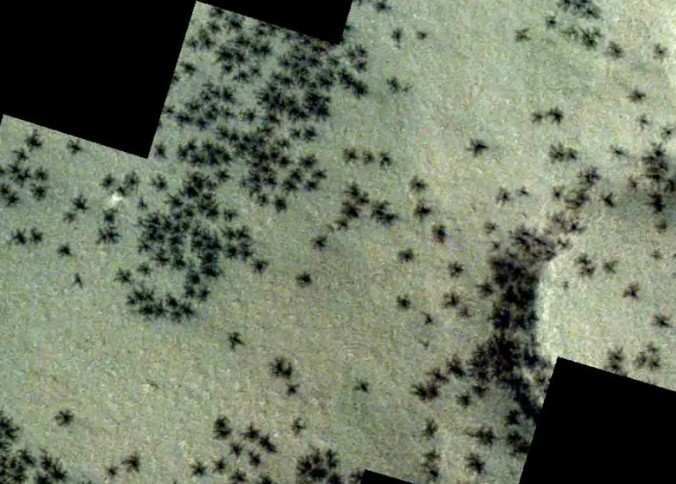Redacción Ciencia, Feb 20 (EFE).- A new form of ice based on water and sodium chloride (table salt), created in the laboratory at low temperature and high pressure, It could be one of the red streaks crossing the surface of one of Jupiter’s moons, Europa.
A study published today by Pnas, coordinated by the University of Washington, describes this new type of ice that the team estimates could form on the surface and at the bottom of the deep oceans of some icy moons.
Europa’s surface is dotted with red streaks, which scientists suspect may be a mixture of water and ice.s, but its chemical signature is mysterious because it doesn’t match any known substance on Earth.
Salt and water are “well-known under terrestrial conditions, but beyond that, we’re completely in the dark, and now these planetary bodies have compositions we’re very familiar with, but under very exotic conditions,” says Baptiste Jornaux from the University of Washington.
The researcher notes that the discovery of a new type of salt ice is important not only for planetary science, but also for physical chemistry and energy research that uses hydrates for energy storage.
At low temperatures, water and salts combine to form a solid structure of salt ice called hydrates held together by hydrogen bonding. The only sodium chloride hydrate known so far is a simple system with one salt molecule for every two water molecules.
But the university notes that the two new hydrates, found at moderate pressures and low temperatures, are different.
There are two sodium chlorides, one for every 17 water molecules; The other contains one sodium chloride for every 13 molecules. This could explain why signatures on the surface of Jupiter’s moons are more “watery” than expected, the researcher says.
Coincidence
The team tried to measure how adding salt would change the volume of ice because the mineral acts as an antifreeze, but when they put it under pressure they found that crystals started to grow that they didn’t expect. “It was a very serendipitous discovery.”According to Journaux.
The experiment squeezes some salt water between two diamonds the size of a grain of sand, compressing the liquid up to 25,000 times standard atmospheric pressure.
The cold, high-pressure conditions created in the lab would be typical of Jupiter’s moons, where scientists believe 5 to 10 kilometers of ice cover oceans several hundred kilometers thick, and even denser ice formations are possible in the background.
“Pressure brings the molecules closer together, so their interaction changes, and so on A key driver of the diversity of crystal structures we find”Journaux explains. That ice form is stable at minus 50 degrees at constant pressure, so if there is a very salty lake in Antarctica exposed to these temperatures, this newly discovered hydrate could be there, he says.
The team hopes to create or collect a larger sample that will allow further analysis and verify that the signatures of the icy moons match those of the newly discovered hydrates.
Jupiter’s icy moons are the next target of two space missions: The European Space Agency’s (ESA) probe will launch in April to study the planet and its three moons, Ganymede, Callisto and Europa, which may harbor oceans beneath its surface. Next year is the turn of NASA’s Clipper to Europe.
(c) EFE Agency
You may be interested | In the video
A Mexican engineer has fulfilled the American dream of 20 years at NASA



:quality(85)/cloudfront-us-east-1.images.arcpublishing.com/infobae/SMPW7M5BQFERBOQUPJXKCOKARY.jpg)
:quality(85)/cloudfront-us-east-1.images.arcpublishing.com/infobae/NP5NEZXMZFGNLBHNEQJHPJVMKM.jpg)
